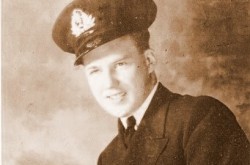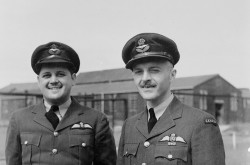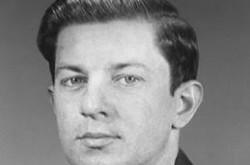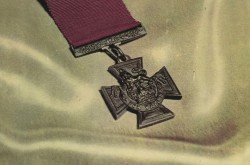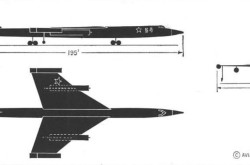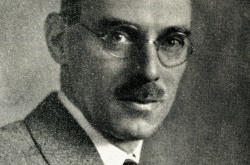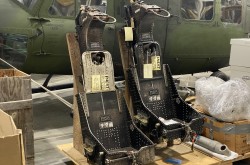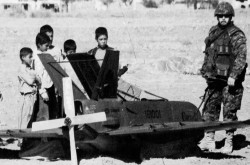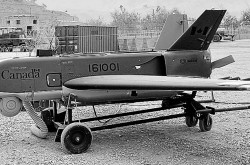Honouring the brave: William George Barker was Canada’s most decorated serviceman
Regarded as one of Canada’s most impressive airmen of all time, William George Barker is credited with 50 total victories.
Throughout his military career, Barker racked up an impressive list of military honours — including the Victoria Cross.
Before joining the military to fight in the First World War, Barker lived a humble life in Dauphin, Manitoba. Born on Nov. 3, 1894, he grew up working on the family farm and sawmill. During this time, Barker showed his aptitude for marksmanship.
At a young age, Barker was beating adults in local turkey shoot competitions. Gaining an increasing reputation for his skill with a rifle, Barker’s grandfather would bet on him at the bowling alley and shooting range.
In addition to being handy with a gun, Barker was noted as being a good student, despite missing weeks of school to work on his father's farm and sawmill. In 1912, Barker made his first step into a life in the military, when he enlisted as a trooper in the Non-Permanent Active Militia in the 32nd Light Horse. Two years later, the start of the First World War would bring Barker — and many young men like him — across Canada to join the Canadian military in the fight overseas.
In 1914, Barker volunteered with the second contingent of the Canadian Expeditionary Force (CEF), 1st Regiment, Canadian Mounted Rifles. Soon Barker was off to England and then the trenches; Barker would see trench warfare first-hand, fighting in the Ypres Salient, France. In 1916, just over a year after first volunteering with the CEF, Barker applied for a transfer from infantry to the Royal Flying Corps (RFC).
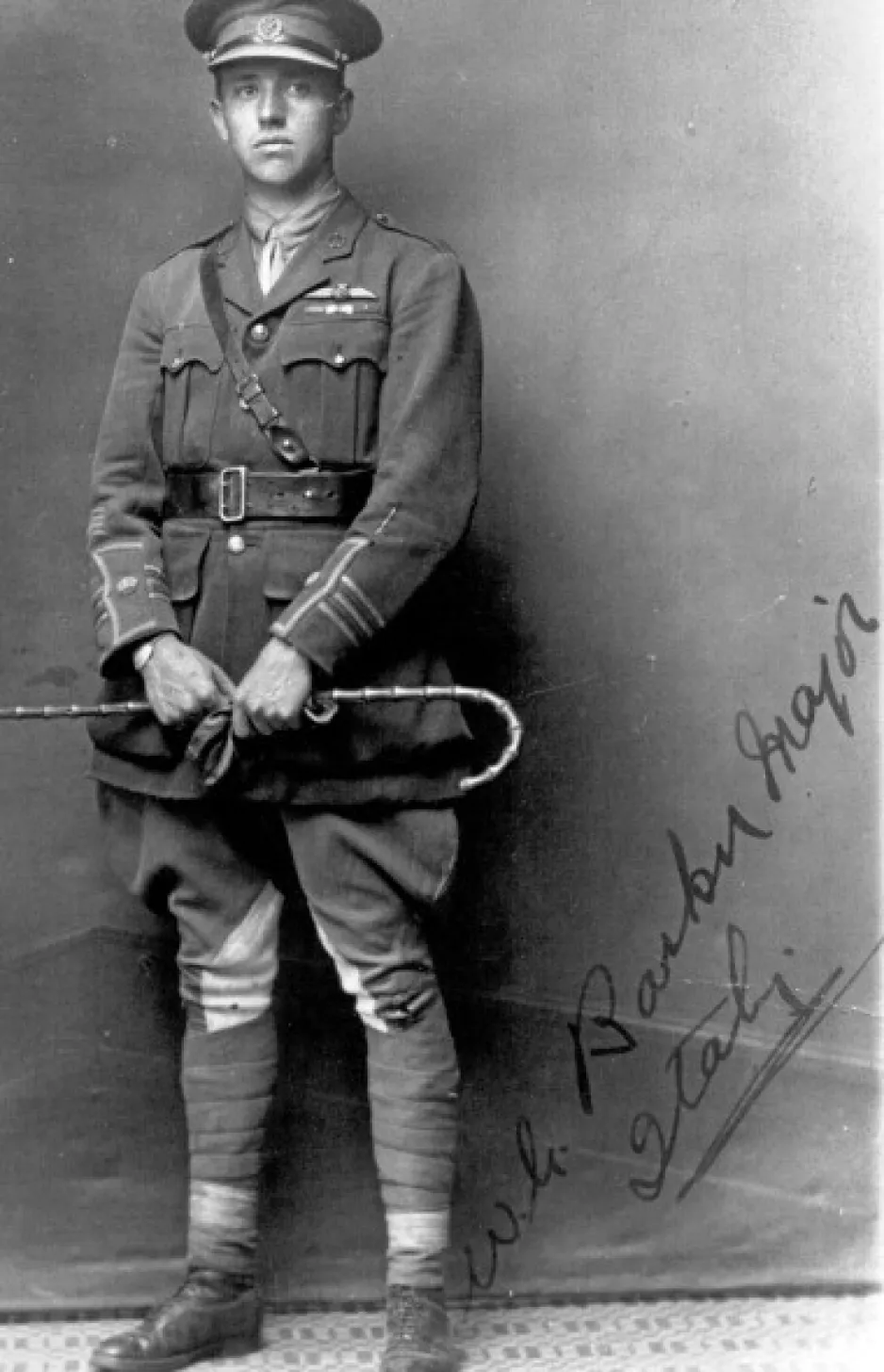
An autographed photo of Barker, taken in July 1918.
Taking to the skies
In the spring of 1916, Barker would finally get his chance to take his marksmanship to the skies. Over the next few months — as the First World War raged — Barker developed aerial combat skills during his pilot training with the RFC. He was assigned to No. 4 Squadron as an observer on April 7, 1916, and embarked on his first mission in late spring before being moved to No. 15 Squadron. There, Barker was first qualified as an observer, then a senior observer, before becoming a pilot in February 1917. He later returned to No. 15 Squadron to fly an observation aircraft.
Barker had many interesting roles throughout his time with the RFC. On Christmas Day in 1917, Barker and two other pilots led an unauthorized mission over enemy lines and attacked an enemy airbase. In July 1918, he was promoted to Major and given command of No. 139 Squadron. The following month, Barker was the pilot for a particularly interesting mission; he flew an Italian spy over Italy to conduct reconnaissance and sabotage operations. It’s interesting to note that Barker seemingly flew the same Sopwith Camel fighter plane between October 1917 and September 1918, claiming 46 of his 50 victories in that one machine; this made the Camel the British military aircraft with the greatest number of aerial victories ever.
In October of 1918, Barker set in motion the events that eventually lead to the famous battle that would result in him receiving the Victoria Cross. After returning to England from Italy, Barker was working as the commander of a school for aerial combat. Perhaps lacking in interest, Barker convinced Royal Air Force command to let him return to France to fly a 10-day mission studying the enemy’s tactics. After getting the go-ahead, Barker was equipped with a Sopwith Snipe — which at that time was a brand-new fighter plane — and linked up with No. 201 Squadron. After the 10 days were up, Barker was to return to England.
An extraordinary dogfight
It was Oct. 27, 1918 — the last day of Barker's mission — when an epic dogfight took place. Barker was flying alone when he came upon an enemy surveillance aircraft. After taking down the surveillance aircraft, Barker was shot in his right thigh from a Fokker that snuck upon him. Soon after he took down that Fokker, Barker found himself in the middle of a large formation of enemy aircraft. Barker managed to take down two more of his attackers, but was soon overwhelmed from enemy gunfire coming from all directions. After losing control of his aircraft and having his left elbow shattered and left thigh shot, Barker lost consciousness. However, Barker was able to recover and the fight didn’t end there. Still in the air and being attacked, he pressed on before losing consciousness for a second time. Again, he regained consciousness in the air and was able to fly away from that fight, but was soon confronted with another Fokker Squadron. Barker engaged in another fight with them before being able to shake them off; he then flew back to allied lines where he crash-landed. A quote from an article published in the London Gazette on Nov. 30 1918, details how this event was relayed to the general public at the time.
“This combat, in which Major Barker destroyed four enemy machines (three of them in flames), brought his total successes up to fifty enemy machines destroyed, and is a notable example of the exceptional bravery and disregard which this very gallant officer has always displayed throughout his distinguished career.”
It was during this battle that Barker was able to bring his tally up to 50 total victories over the enemy. For this extraordinary dogfight, Barker was awarded the Victoria Cross. After the war, Barker continued military service from 1920 until 1924, working for the Canadian Air Force.
Barker was killed in a flying accident at Rockcliffe airport, near Ottawa, on March 12, 1930 — right next to the site where the Canada Aviation and Space Museum sits today. In addition to the Victoria Cross, for his wartime service Barker received the Distinguished Service Order with one bar, and the Military Cross with two bars.
In April 2018, the Canadian Forces School of Aerospace Studies was renamed in honour of Barker, the Commonwealth’s most decorated war hero who demonstrated absolute courage in the face of overwhelming odds.
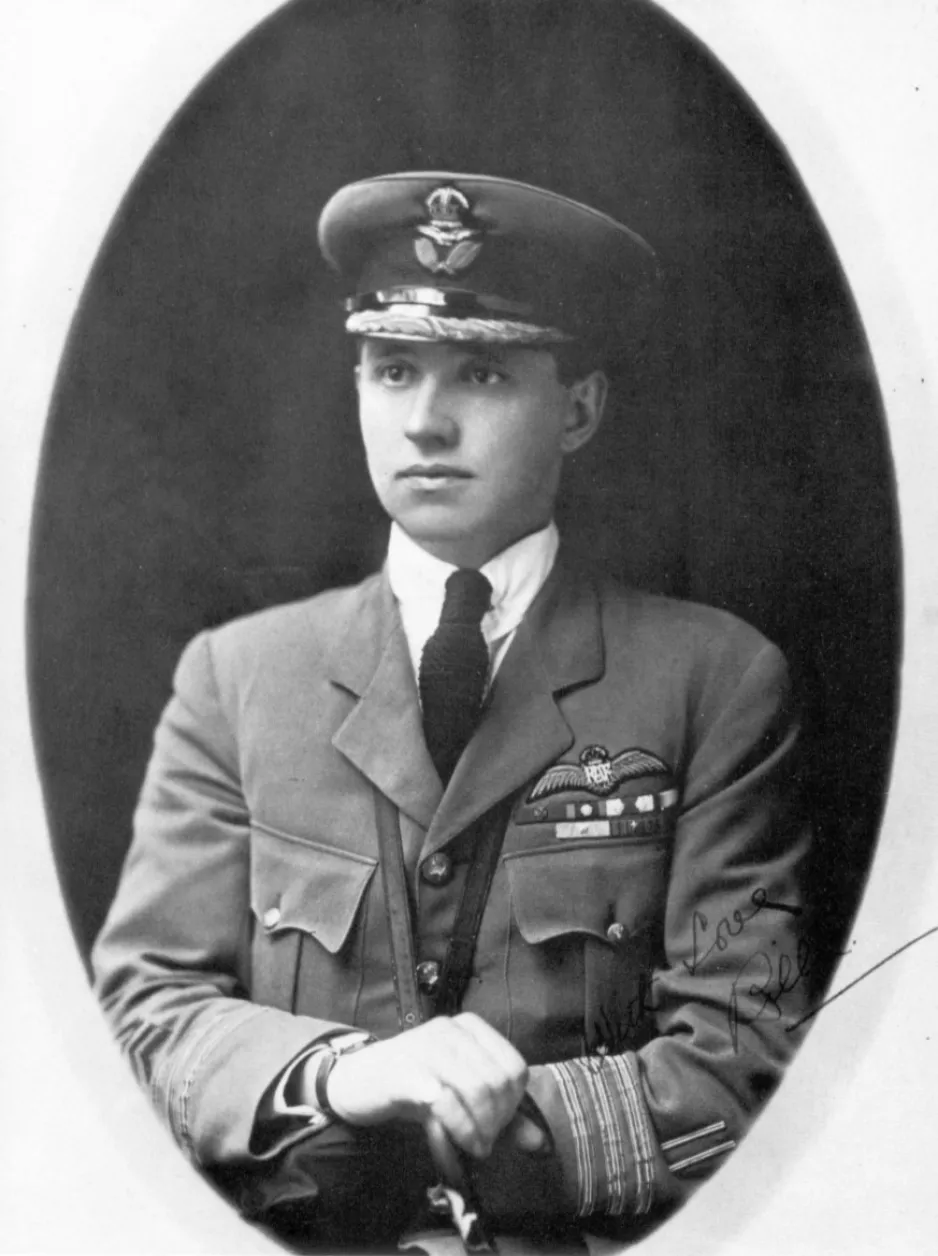
William George Barker in his RAF uniform, circa 1919





